Safari Ngorongoro Crater: A Journey Through Wildlife, Culture, and Natural Wonders
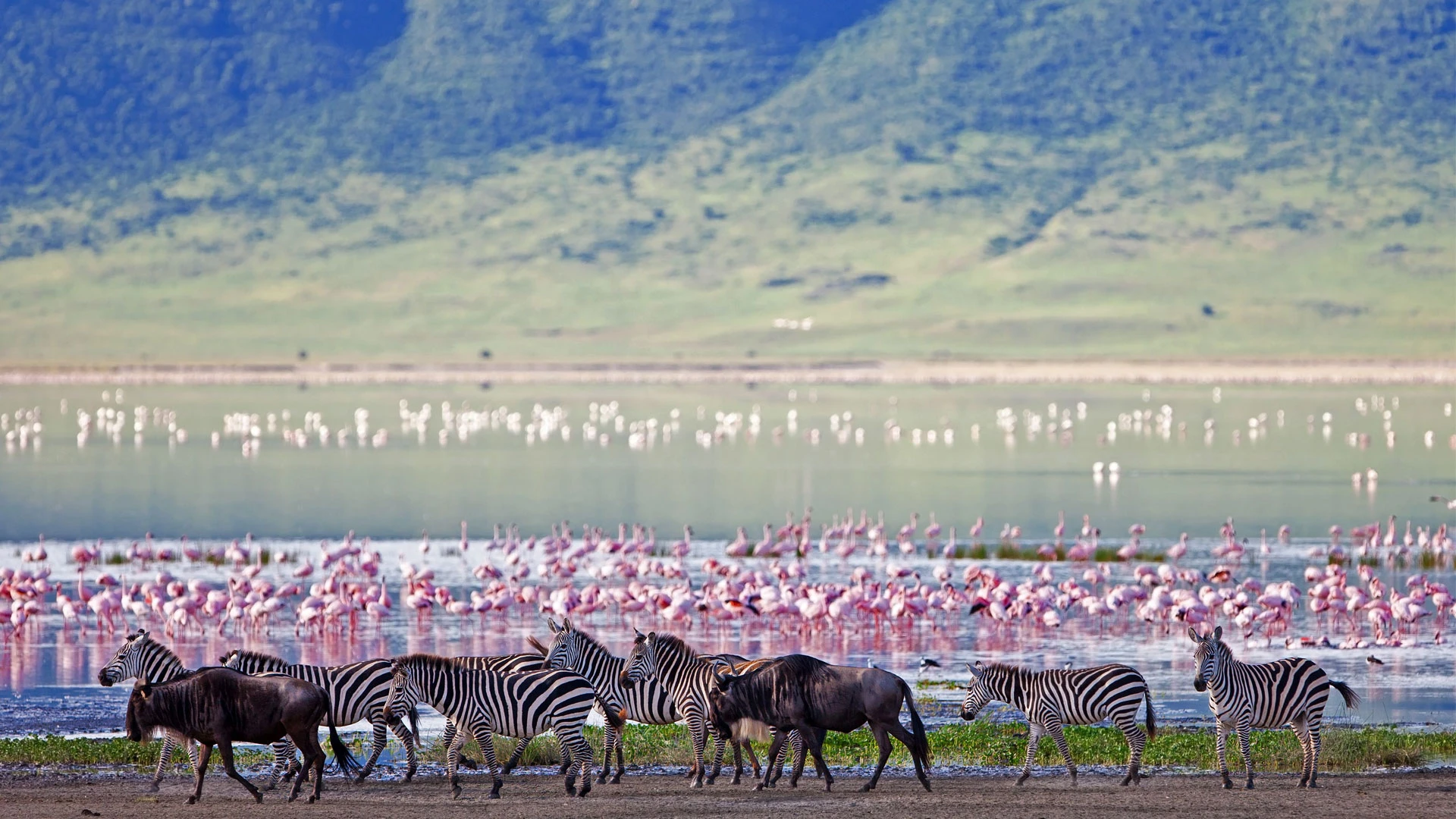
Embarking on a safari in the Ngorongoro Crater is a journey into one of Africa’s most diverse and vibrant ecosystems. From thrilling wildlife sightings, including the Big Five, to cultural experiences with the Maasai, this adventure offers something for every nature enthusiast. In this article, we’ll explore must-do activities, the best times to visit, and practical tips to ensure you make the most of your Safari Ngorongoro Crater experience.
Experience the Best with Kenya Luxury Safari: Now Offering Unmatched Ngorongoro Crater Adventures
At Kenya Luxury Safari, we’ve built our reputation on delivering extraordinary, tailor-made safari experiences that go beyond the ordinary. Now, as we expand into Tanzania, we’re bringing our expertise and passion to the iconic Ngorongoro Crater.
Our carefully crafted packages are designed to offer you the very best of this natural wonder, combining thrilling wildlife encounters with immersive cultural experiences. We stand out because of our commitment to personalized service, ensuring that every detail of your journey is perfectly suited to your preferences.
As newcomers to the Tanzanian market, we’re excited to introduce our signature blend of luxury, adventure, and meticulous planning to this breathtaking destination. With Kenya Luxury Safari, your Ngorongoro Crater adventure promises to be nothing short of extraordinary.
Executive Summary
This article;
- Provides an in-depth guide to experiencing a safari in the Ngorongoro Crater, highlighting its rich wildlife, including the Big Five, and unique cultural experiences with the Maasai people.
- Covers a range of activities beyond wildlife viewing, such as hiking, visiting historical sites, and taking hot air balloon safaris, offering a comprehensive adventure in one of Africa’s most diverse ecosystems.
- Offers practical advice on the best times to visit, accommodation options, and how to plan your safari to maximize the experience, while also emphasizing the importance of conservation efforts in the Ngorongoro Conservation Area.
- Explores the historical and geological significance of the Ngorongoro Crater, adding a deeper dimension to the safari experience by connecting visitors to the ancient past and the natural beauty of this spectacular volcanic crater.
Video Overview: Ngorongoro Crater
Ngorongoro Crater: How to Get There
To get to Ngorongoro, most travelers fly into Kilimanjaro International Airport, which is the main gateway for exploring northern Tanzania. From there, it’s a scenic drive of approximately four to five hours to reach the Ngorongoro Conservation Area, a site of global importance due to its unique ecosystem and rich biodiversity. The airport, serving as a hub for both international and domestic flights, connects visitors from around the world to this remarkable destination, making it accessible for those eager to experience one of Africa’s most iconic landscapes.
Wildlife Encounters in Ngorongoro Conservation Area
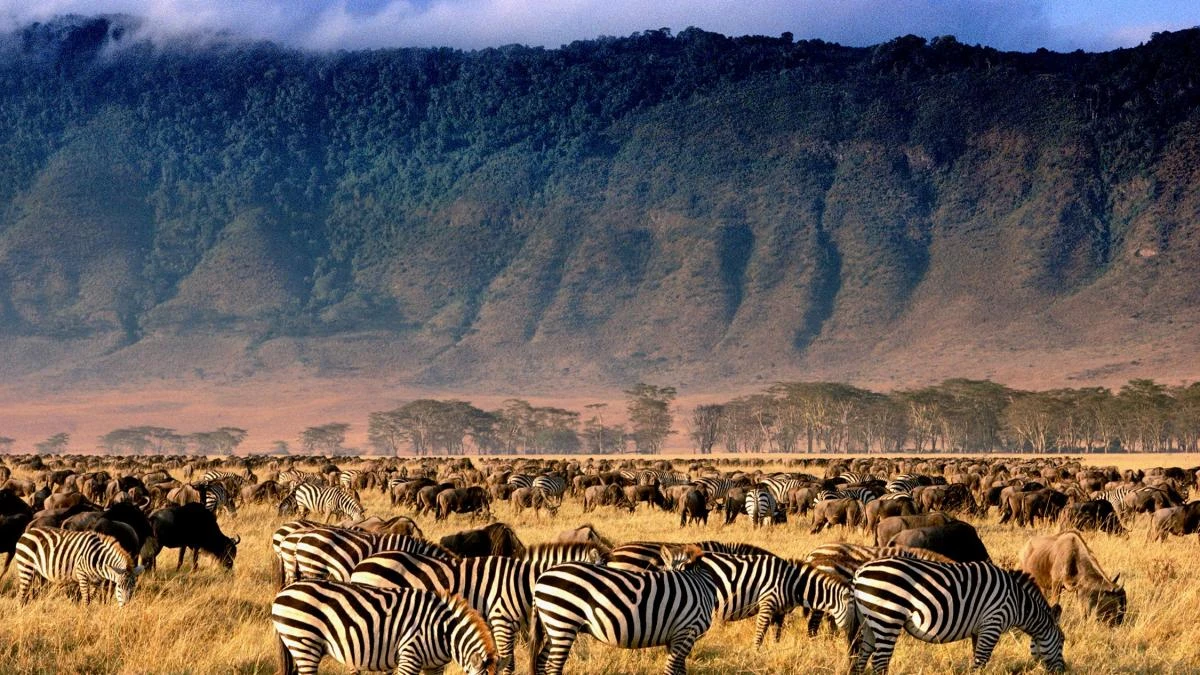
A recognized UNESCO World Heritage Site, the Ngorongoro Crater is every wildlife enthusiast’s dream come true. This crater is located in Northern Tanzania and encompasses a unique ecosystem due to its enclosed nature. With approximately 30,000 large mammals inhabiting the area, which forms a crucial part of the Serengeti ecosystem, visitors are almost guaranteed to witness an abundance of wildlife during their safari.
Among the crater’s most thrilling inhabitants are the Big Five: lion, leopard, elephant, buffalo, and the endangered black rhino. In fact, the crater is home to the densest known population of lions in Africa.
Beyond the Big Five, the Ngorongoro Crater is home to other animals like the Big Nine, which includes the cheetah and spotted hyena. Its diverse landscapes also support an impressive array of bird species, from flamingos in Lake Magadi to raptors soaring above its short grass plains. With such a rich tapestry of wildlife on the crater floor and beyond, an African safari in Ngorongoro Crater(Tanzania) offers an extraordinary opportunity to witness nature’s wonders up close.
The Ngorongoro Landscape
The Ngorongoro Crater is a breathtaking natural wonder, renowned for its diverse landscape. As you descend into the crater, you are greeted by the lush Lerai Forest, where ancient acacia trees stand tall, creating a striking contrast against the surrounding terrain. The crater’s floor unfolds into vast expanses of open grassland, stretching as far as the eye can see, providing a haven for countless wildlife species. This unique ecosystem, where dense highland forests meet sweeping plains, offers an unparalleled safari experience, showcasing the raw beauty of Tanzania’s natural heritage.
The Great Migration in Ngorongoro
The annual migration is a breathtaking natural spectacle that unfolds across the Serengeti National Park, extending into the Ngorongoro Conservation Area. As the herds traverse the southern Serengeti plains, they often venture into the highland plains of Ngorongoro, where the lush grasses provide vital nourishment. This area becomes particularly significant from December to March, as the migration’s path brings the wildebeest and zebras to the Ndutu Lake area, where they gather for calving season.
The northern plains of Ngorongoro also witness parts of the migration, with herds moving between different regions in search of fresh grazing lands, creating an ever-changing landscape teeming with wildlife.
Activities to Enjoy on Your Safari
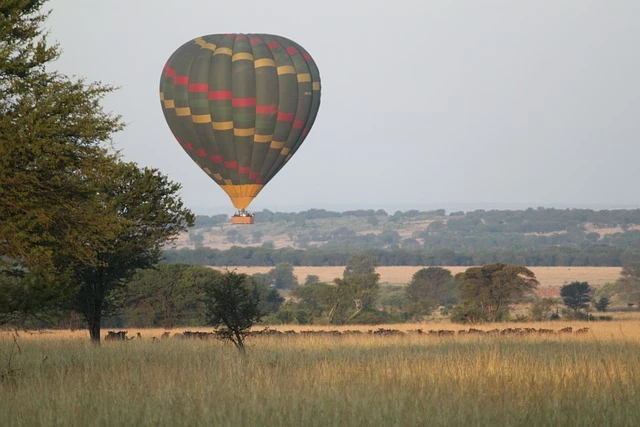
A Ngorongoro safari offers more than just wildlife viewing. For those who enjoy a more active experience, walking and trekking safaris are available, providing an intimate connection with the landscape. One of the most popular excursions is a visit to Olduvai Gorge, one of the most important archaeological sites in the world, renowned for its extensive archaeological research.
Hiking in the scenic areas of the Ngorongoro Conservation Area, which is home to some of the most spectacular volcanic craters, is another fantastic way to immerse yourself in the natural beauty of the region. The trails offer varying levels of difficulty, catering to both casual walkers and seasoned trekkers. As you hike, you’ll be treated to stunning vistas of the ngorongoro highlands, lush forests, and the expansive plains that stretch out to the horizon.
Cultural activities also add a rich layer to your safari experience. A visit to a Maasai village allows you to engage with the local Maasai tribe, learning about their nomadic herding lifestyle and unique traditions. The Maasai are also known for their vibrant clothing, intricate beadwork, and deep connection to the land. Interacting with the Maasai provides a deeper understanding of the human environment dynamics that shape the Ngorongoro Conservation Area.
For those seeking a touch of luxury and adventure, a hot air balloon safari offers a bird’s-eye view of the crater and its surroundings. Floating silently above the landscape, you’ll have the chance to spot wildlife from a unique vantage point, capturing the beauty of the crater in a way that’s impossible from the ground. This experience is often described as magical, providing memories that will last a lifetime.
Best Time to Visit Ngorongoro Crater
Timing your visit to the Ngorongoro Crater, and planning your itinerary with information from the Ngorongoro Conservation Area Headquarters, can significantly enhance your Tanzania safari experience. The dry season, which runs from June to October, is considered the best time to visit. During this period, the reduced rainfall leads to better wildlife visibility as animals congregate around water sources. The dry season also coincides with the peak tourist season, so expect more visitors but also more vibrant wildlife activity.
If you’re looking for a unique experience, consider visiting during the calving season in January and February. This time of year sees large herds of wildebeest and various predators drawn to the area, offering spectacular wildlife interactions. Watching a newborn wildebeest take its first steps or witnessing a predator on the hunt are moments that make a safari truly unforgettable.
The short rains from November to December are another good time to visit. These rains typically fall at night, causing minimal disruption to daytime activities. The landscape during this period is lush and green, providing a different but equally captivating backdrop for your safari adventures.
For those who prefer fewer crowds and don’t mind a bit of cold, the long rains from March to May offer a serene and peaceful experience. The crater is less crowded, and the scenery is at its most verdant. However, be prepared for cooler temperatures, with daytime highs ranging from 19°C to 23°C and nighttime lows dropping to 8°C to 10°C.
Accommodation Options Near Ngorongoro Crater
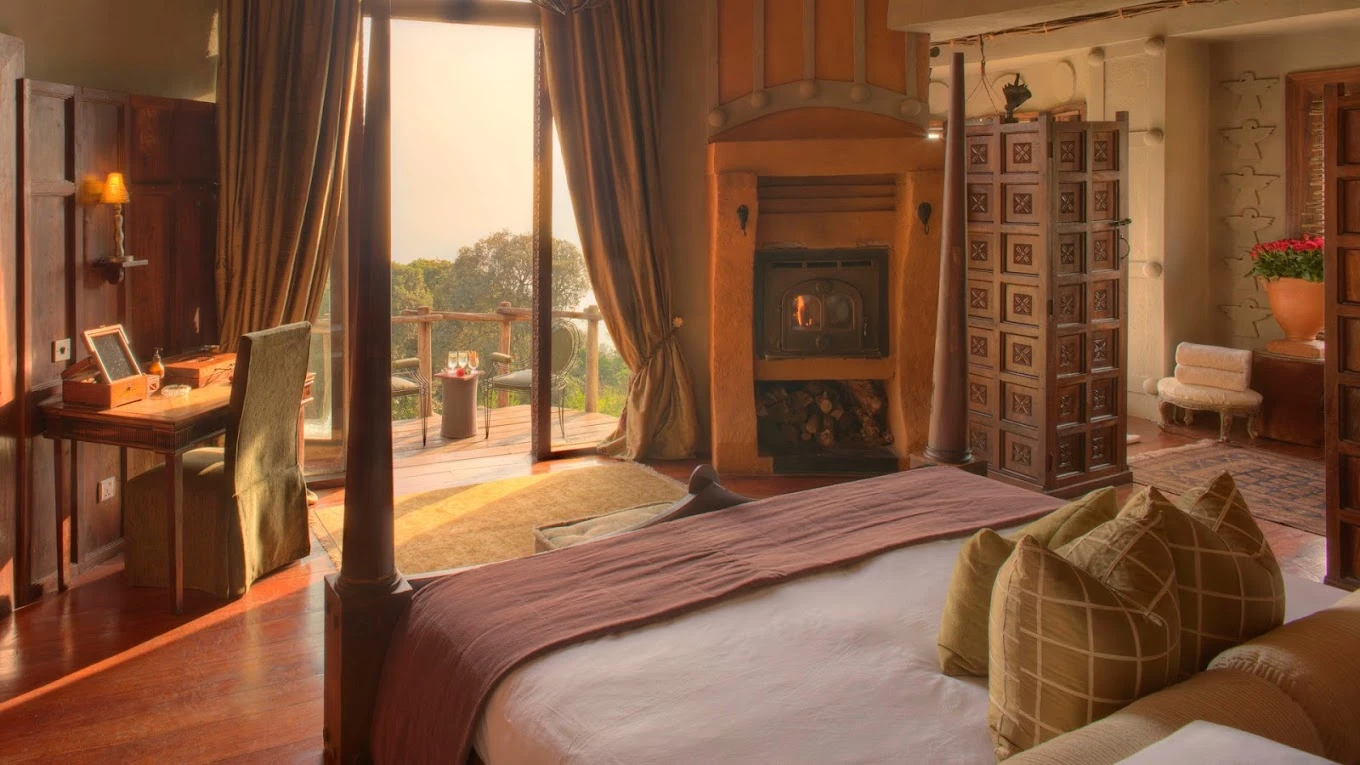
Choosing the right accommodation can significantly impact your safari experience. The Ngorongoro Crater boasts a range of options, from budget-friendly lodges to mid-budget retreats and luxury lodges. For those seeking the ultimate in comfort and convenience, the Ngorongoro Crater Lodge and andBeyond Ngorongoro Crater Lodge are highly regarded luxury options. These lodges offer stunning views of the crater rim and top-notch amenities, ensuring a memorable stay.
If you’re looking for a more affordable option, guesthouses like Gibbs Farm and Plantation Lodge provide charming accommodations without breaking the bank. These guesthouses, often set amidst small coffee plantations, offer a cozy and intimate atmosphere, allowing you to unwind after a day of safari adventures.
For travelers who prefer to stay closer to the action, the town of Karatu offers various small hotels and lodges. Staying in Karatu can be a great alternative to the crater rim, providing a less crowded experience and better value for money. Additionally, it allows you to explore the surrounding areas and enjoy a slower pace of life.
Staying near the crater itself is ideal for those who want to maximize their time on early morning game drives, which are optimal for wildlife sightings. Accommodations like the Serena and Sopa hotels offer budget-friendly options with views of the crater, allowing you to start your safari adventures at the crack of dawn.
Combining Ngorongoro Crater with Other Destinations
A safari to the Ngorongoro Crater can be greatly enhanced by combining it with visits to other renowned destinations. Serengeti National Park and Tarangire National Park are top recommendations, each offering unique wildlife experiences. The Serengeti is famous for the Great Migration, a natural spectacle where millions of wildebeest and zebras traverse the plains in search of greener pastures. The migration is so exciting and fascinating that it has been recognized as one of the world’s seven natural wonders.
Excursions to historical sites like Olduvai Gorge add a rich cultural dimension to your safari. Known as the ‘Cradle of Mankind’ and a World Heritage Centre, Olduvai Gorge is home to some of the most significant archaeological discoveries related to human ancestry, including extensive archeological research and early hominid footprints dating back millions of years. Exploring this site provides a fascinating insight into the early days of human evolution and complements the natural beauty of the Ngorongoro Conservation Area.
Starting your itinerary in Tarangire National Park is another excellent option. Known for its large elephant populations and baobab trees, Tarangire offers a different safari experience before you move on to the Ngorongoro Crater. The park is less crowded than some of its neighbors, providing a peaceful start to your Tanzanian adventure.
Last but not least, we have Lake Manyara National Park, a gem that offers a stunning contrast to the open savannahs of Tarangire and the dramatic landscapes of Ngorongoro. Nestled at the base of the Great Rift Valley, this park is renowned for its diverse ecosystems, including dense woodlands, lush forests, and the expansive lake itself. It is also particularly famous for its tree-climbing lions and large flocks of flamingos that paint the shoreline pink.
Combining these destinations not only enriches your safari experience but also allows you to witness the diverse ecosystems and wildlife that northern Tanzania has to offer.
Historical and Geological Significance
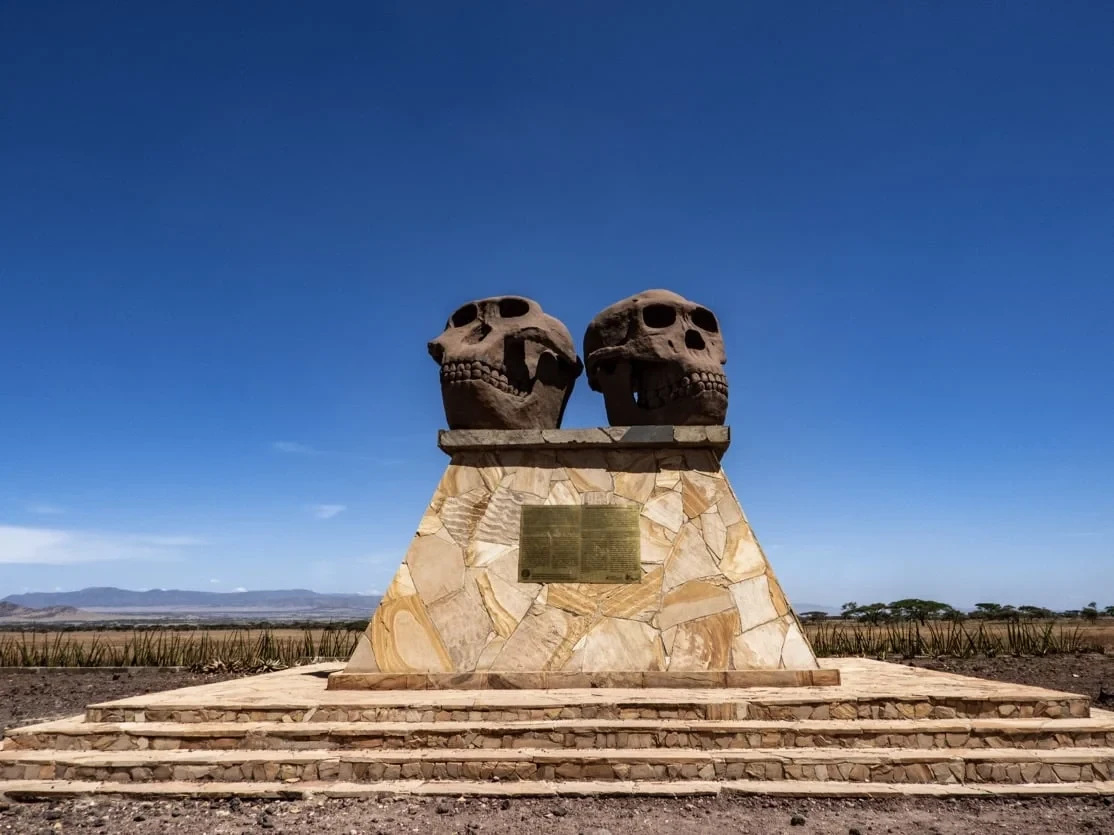
The Ngorongoro Crater is not just a haven for wildlife; it is also a geological and historical marvel. Formed approximately 2 to 3 million years ago by the collapse of a volcanic cone, the crater is the world’s largest caldera. Its unique geological features are the result of volcanic activity and rift-valley movements over millions of years, creating a landscape that is both dramatic and beautiful.
Olduvai Gorge, located within the Ngorongoro Conservation Area, is one of the most important archaeological sites in the world. Often referred to as the ‘Cradle of Mankind,’ the gorge has yielded physical evidence of some of the earliest known fossil evidence of hominins. Significant discoveries include the ‘Nutcracker Man,’ a skull dated to about 1.75 million years ago, providing crucial evidence related to human evolutionary development.
The deposits at Olduvai Gorge span a vast timeframe, from approximately 2.1 million to 15,000 years ago. This extensive archaeological record offers invaluable insights into the evolution of human ecology and cultural heritage. The gorge’s significance is recognized globally, and it was designated a UNESCO World Heritage Site in 1979.
Exploring the historical and geological aspects of the Ngorongoro Crater in Tanzania adds a deeper dimension to your safari experience. It connects you to the ancient past and the dynamic processes that have shaped this extraordinary landscape, making your visit not just a journey through space, but also through time.
Practical Tips for Planning Your Safari
Planning a safari to the Ngorongoro Crater requires careful consideration to ensure a smooth and enjoyable experience. Here are some important practical tips to remember.
- Booking through local tour operators can be a great way to streamline your trip. These operators offer expert advice and can tailor safari packages to suit your needs, taking care of transportation, accommodation, and guided tours.
- When planning your trip, consider the type of accommodation, transportation, and the size of your party.
- Staying near the crater rim allows for early morning game drives, which are the best times for wildlife sightings. Safari vehicles are specially equipped to handle the rugged terrain, ensuring a comfortable and safe journey through the crater.
- Visitor numbers to the crater are regulated to protect its delicate ecosystem, providing a better experience while minimizing environmental impact.
- It’s important to book your safari in advance, especially during peak seasons, to secure your spot and ensure compliance with these regulations.
- Human-wildlife conflict is an ongoing challenge in the Ngorongoro Conservation Area due to the growing pastoralist population and limited natural resources. Understanding these dynamics and respecting conservation efforts can enhance your appreciation of the delicate balance that sustains this unique environment.
Conservation Efforts in the Ngorongoro Conservation Area
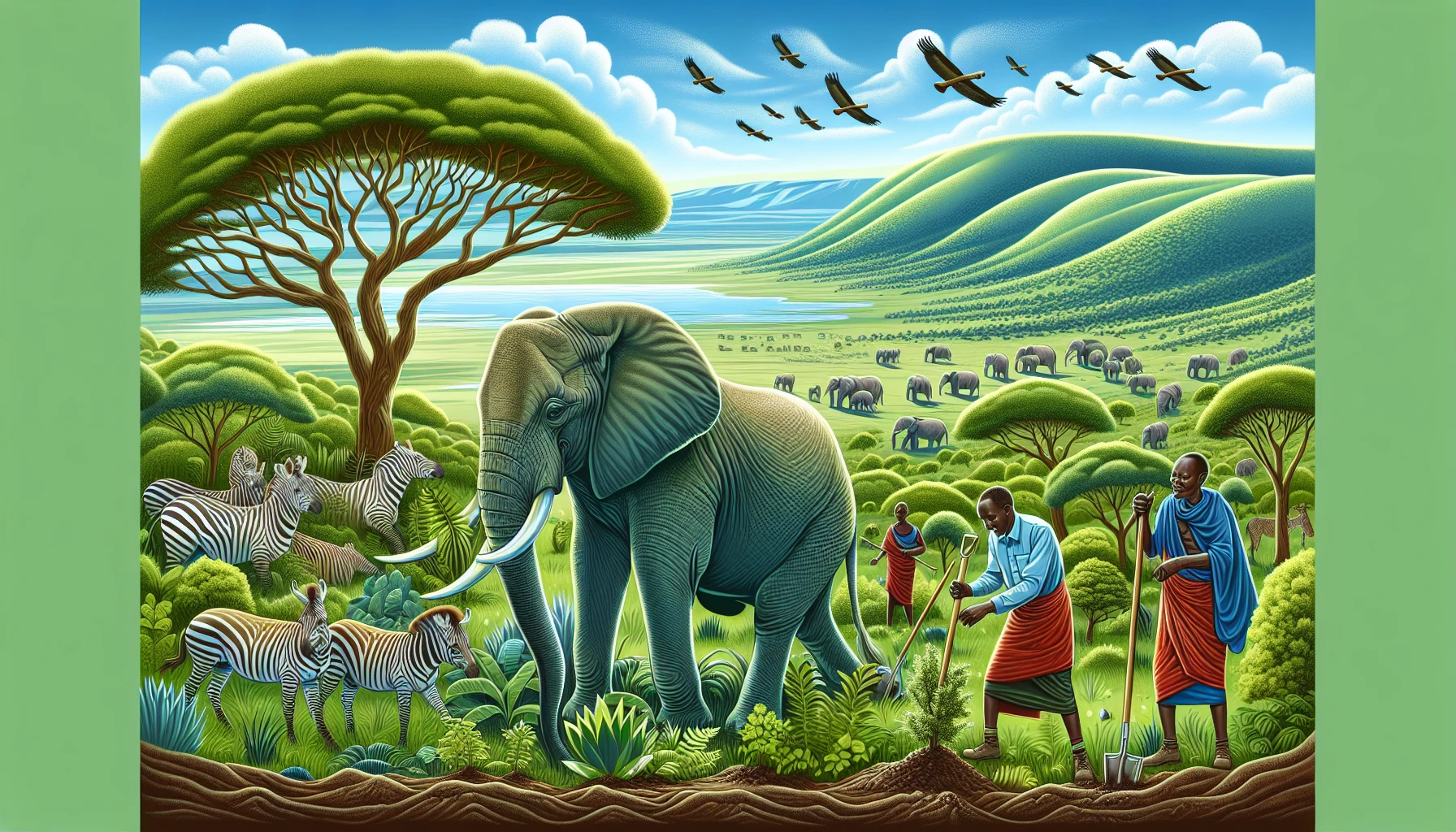
The Ngorongoro Conservation Area Authority is a unique multiple land-use area where wildlife coexisting with human populations is a defining feature. The Ngorongoro Wildlife Conservation Act of 2009 was enacted to impose stricter regulations on human activities and settlement within the area, aiming to protect its ecological integrity, as outlined in the ngorongoro conservation area ordinance.
This area supports both wildlife and traditional Maasai pastoralist communities, allowing for traditional livestock grazing alongside wildlife. This dual-purpose mandate makes it the only conservation area in Tanzania with such an approach, presenting unique challenges and opportunities for conservation.
Primary conservation concerns include the high demand for resources, increasing human population, and the management of tourism. Efforts are ongoing to address these issues, ensuring that the unique ecosystem and cultural heritage of the Ngorongoro Conservation Area are preserved for future generations.
By understanding and supporting these biodiversity conservation efforts, visitors can play a role in preserving the natural wonders and cultural resources of the Ngorongoro Conservation Area. Every safari-goer can contribute to the sustainable development of this remarkable landscape, ensuring that it remains a vibrant and thriving habitat for both wildlife and humans.
Summary
A safari adventure in the Ngorongoro Crater offers an unparalleled experience, blending breathtaking wildlife encounters, fascinating historical insights, and rich cultural interactions. From the diverse array of animals that inhabit the crater to the unique activities available, such as walking safaris and cultural visits, every moment spent in this natural wonder is unforgettable. Choosing the right time to visit and selecting suitable accommodation can enhance your safari, while combining the Ngorongoro Crater with other iconic destinations like Serengeti National Park adds depth to your journey. Understanding the historical and geological significance of the crater, along with the ongoing conservation efforts, provides a deeper appreciation for this extraordinary place. As you plan your safari, keep in mind the practical tips and regulations to ensure a smooth and respectful experience. Embark on this adventure and create memories that will last a lifetime, knowing that your visit supports the preservation of one of the world’s most remarkable ecosystems.
Frequently Asked Questions
What is so special about Ngorongoro Crater?
Ngorongoro Crater is one of the most remarkable natural wonders in East Africa. What makes it so special is that it’s the world’s largest intact volcanic caldera, formed millions of years ago when a giant volcano erupted and collapsed. The crater’s rich volcanic soil and ample water sources support a thriving ecosystem, making it a haven for a diverse range of wildlife, including the Big Five and globally threatened species like the black rhino.
What wildlife can I expect to see in the Ngorongoro Crater?
In the Ngorongoro Crater, you can expect to see a diverse array of wildlife, including the Big Five—black rhino, lion, leopard, elephant, and hyena—along with wildebeest, buffalo, and zebras. This rich biodiversity makes the crater a premier destination for wildlife enthusiasts.
What are the best activities to do on a Ngorongoro Crater safari?
The best activities to enjoy on a Ngorongoro Crater safari include walking, mountain biking, trekking, exploring Olduvai Gorge, immersing yourself in Maasai culture, and taking a hot air balloon ride for a unique perspective. Each of these experiences enhances your connection with this stunning natural environment.
When is the best time to visit the Ngorongoro Crater?
The best time to visit the Ngorongoro Crater is during the dry season from June to October for optimal wildlife visibility. Alternatively, visiting during the calving season in January and February provides unique wildlife interactions.
Where should I stay near the Ngorongoro Crater?
For an unforgettable experience, consider staying at the luxurious Ngorongoro Crater Lodge, or choose budget-friendly guesthouses in nearby Karatu to suit your preferences.
How can I combine a Ngorongoro Crater safari with other destinations?
Combining your Ngorongoro Crater safari with visits to Serengeti National Park, Tarangire, and Olduvai Gorge offers a diverse and enriching experience. This itinerary allows you to explore varied wildlife and landscapes, enhancing your overall adventure.
Which are Some of the Best National Parks in Tanzania?
Some of the best tourism attractions in Tanzania include; the Lake Manyara National Park, the Ruaha and Serengeti National Parks, Tarangire, Mount Kilimanjaro, Katavi National Park, and Arusha National Park.
